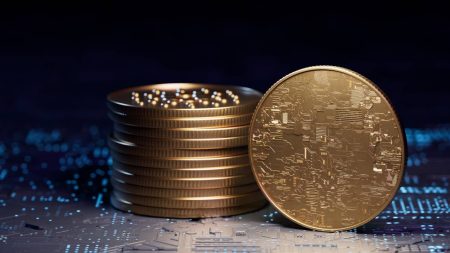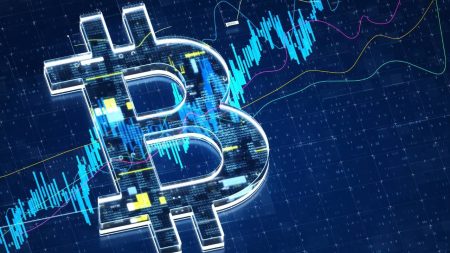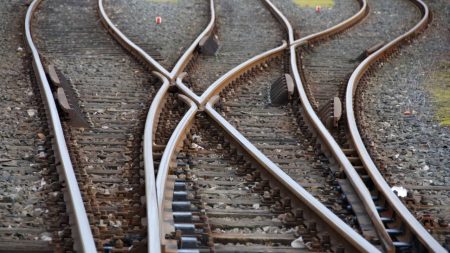During the Q&A session following the latest FOMC meeting last week, Fed Chair Jerome Powell stated that signs of an impending recession were “just not in the data.” That was Wednesday. As if on cue, Friday’s July labor report showed a marked deterioration of the labor market consistent with a recession.
The Fed, which once again refrained from cutting rates, suddenly appeared that instead of soft-landing the economy, it was putting it into a nose-dive. This may not be entirely fair, but the market panicked nonetheless. The yield on the 10-year U.S. Treasury declined by half a percent over the week, and Fed Funds futures now imply a high probability that the Fed will cut rates at September’s meeting, perhaps by a half percentage point—twice what was previously expected. The market seems convinced that the Fed has fallen behind the curve.
However, the Fed has reasons to say that economic data did not convey weakness, at least until last Friday’s labor market report. The number of non-farm employees is at an all-time high, both in absolute numbers and as a percentage of the population. On a non-seasonally adjusted basis, 47.3% of the population was employed in June, a touch higher than the previous high of 47.2% in June 2000 and considerably higher than the peak of 46.2% in the post-Financial Crisis years, reached in November 2019. June retail sales excluding vehicles are at a record high. Except for the post-pandemic bounce, GDP is growing at the fastest rate in the last 15 years.
Given this context, it is easy to understand why the Fed has been reluctant to lower rates. Their dual mandate dictates that they seek full employment in an environment of stable prices. Since employment has been strong, even if not as torrid as a couple of years ago, all their attention has been absorbed by inflation, which spiked during the supply chain crisis and remains above the Fed’s 2% target.
But while the number of employed persons has grown, the number of unemployed workers has been rising too, and analysts are now paying attention to how fast this is happening. The growth of unemployed workers relative to the size of the labor force is now going up at an alarming rate. In fact, this growth rate was observed during every single prior recession since 1957, when the Bureau of Labor Statistics began compiling the data (this is not the Sahm recession indicator, although it is a related gauge).
Since we do not seem to be in a recession now, this would be the first time that the number of jobless is growing at this rate outside a recession. However, there is little if any evidence that the economy is anywhere close to one.
In a sense this is a similar situation to the difference between the 10-year and 2-year U.S. Treasury rates. The consensus had been that when that difference became negative (the 2-year rate higher than the 10-year rate) a recession was not far down the road. But by now it has been negative for more than two years, and a recession is still nowhere to be seen. The post-pandemic economy continues to defy long-held conceptions.
Of course, this could change quickly — recessions are quite hard to predict and can materialize quickly. From a standpoint of economic policy, the labor market deterioration is a concerning fact, and by the time the FOMC meets in September the data may show further signs of worsening. The Fed could cut rates before then, although such an emergency cut would be unusual and most likely a negative for the market as it may be interpreted as a panicky move.
What stocks will do if the economy goes into recession is even less clear. On one hand, the bottom-up analysts who focus on earnings might conclude that the market will fall if the earnings outlook worsens. On the other hand, the market was higher a year after a recession, and often significantly so. The exceptions were in 2001 and 2008, when it kept falling — by a lot more.
Still, odds are that the stock market may be temporarily weak but higher a year from now, even if that wasn’t the case in two of the last three recessions. To complicate matters, labor productivity has gone up, which means that fewer workers are needed for the same level of output. If so, rising unemployment may not mean that GDP (an aggregate measure of the economy) will shrink. AI, if it makes some jobs obsolete or unnecessary as some predict, could make matters even worse for employment, at least for a while, but not for GDP.
Recessions are very strongly associated with system excesses (the last one being an exception, as it was caused the pandemic). There are no signs today of the economic and financial stresses that surrounded the Financial Crisis of 2008, the stratospheric valuations of stocks during the dot-com boom in the early 2000s (far higher than today’s) or the Savings & Loans crisis of the early 1990s, for example.
The stock market reversal of the last few days, therefore, may be more related to profit-taking after a long period of rising tech stock prices than about the beginning of something more serious. If so, investors may welcome a further decline (the S&P 500 is still around 8% higher year-to-date) for an opportunity to put their money to work at more attractive levels.
Read the full article here










